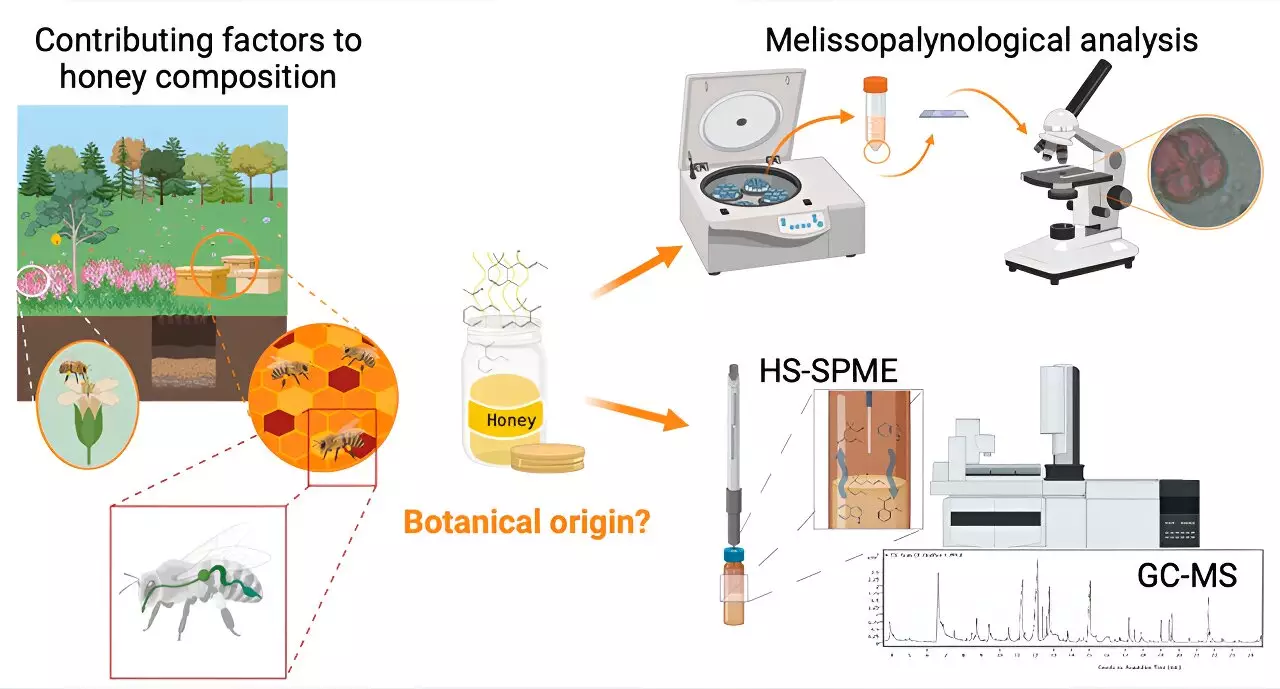The art of perfume making is more than a mere indulgence; it is a rich tapestry woven with history, chemistry, and creativity. At its core, we can trace its origins back over 3,000 years to a remarkable figure named Tapputi-belat-ekalle, often heralded as the world’s first chemist. Unearthed from Middle Assyrian clay tablets, her story is not just one of aromatic concoctions; it is a glimpse into the intersection of femininity and science in ancient Mesopotamia (modern-day Iraq and Iran). Tapputi led a collective of skilled female artisans, known as muraqqītu, and her talents were dedicated to crafting exquisite perfumes for royalty.
These early perfumers were innovators, employing a variety of aromatic and medicinal plants. The inscriptions tell us about their meticulous procedures, revealing how they extracted volatile compounds to create scents that stirred the senses. Through Tapputi’s meticulous recipes, we see the beginnings of a discipline that intertwines scientific rigor with artistic expression—a foundation of modern chemistry that still shapes how we understand fragrance today.
Chemistry Meets Creativity: The Science of Scent
The realm of perfumery is defined by the interplay of various notes—floral, fruity, woody, and spicy, to name a few. Each perfume is an intricate blend of volatile compounds, carefully curated to create a sensory experience. When we smell a fragrance, it’s not merely the scent that captivates us; it’s the vaporization of chemical molecules that elicits an emotion or conjures a memory. This nuanced reaction comes alive through a series of sophisticated extraction processes that have evolved yet still reflect Tapputi’s original methods.
For instance, the techniques embedded in her recipes—distillation, infusion, and maceration—have been honed through centuries. Distillation, in particular, is akin to alchemy: transforming liquid into gas and back again, separating fragrant compounds. This layered complexity is what makes modern perfumers, sometimes referred to as “noses,” highly sought after; their capacity to discern and recreate scents involves both intuitive artistry and analytical skill.
The Modern Nose: Bridging Science and Sensation
Today, the art of perfumery is far from a romanticized notion; it marries scientific inquiry with artistic pursuit. Perfume makers utilize advanced analytical instruments to deconstruct scents at a molecular level. In sophisticated labs, chemists engage in sensory analysis—delving into aromas through rigorous testing, prosecuting each compound’s contribution to the overall fragrance. Their expertise extends beyond cosmetics; they leverage their olfactory acuity in food and beverage industries, enhancing our experiences with flavors and enhancing quality control.
Moreover, recent studies, like dissecting the aromatic profiles of Irish honeys, reveal the botanical stories behind scents, illuminating how deeply our world is interconnected through fragrance. Just as Tapputi’s formulations relied on her deep understanding of local flora, modern chemists continue this tradition, unraveling the complex narratives locked within our favorite aromas.
The Frontier of Aroma Research: E-Noses and Emotional Connection
In an exciting turn, emerging technologies such as electronic noses, or “e-noses,” are set to redefine our understanding of scents. Designed to replicate human olfaction, these devices offer molecular analysis and could revolutionize multiple industries—from monitoring freshness in food to advancing health diagnostics based on changes in volatile markers associated with various conditions.
The realm of perfumery is not just about scent; it’s an exploration of our psyche. Fragrances are imbued with emotional resonance, capable of igniting nostalgia or enhancing our mood. This links scent deeply with memory, tapping into neurological pathways that associate aromas with profound emotional experiences. What Tapputi understood eons ago—fragrances served both aesthetic and spiritual functions—rings true in contemporary explorations of scent.
Reinventing Aromatic Traditions
Today, the allure of perfume creation continues. Inspired by Tapputi, anyone yearning for a personal connection can experiment with crafting their own essences. It invites not just artistic expression, but an engaging exploration of our own senses—making the act of perfume-making a deeply personal journey. As we move forward, we must find joy in this age-old craft, merging science and art, allowing the fragrant whispers of the past to guide our future creations.
Embracing our historical roots while pushing the boundaries of modern technology, the world of perfume making opens its doors, inviting us to partake in an age-old ritual that not only adorns but connects us to our human experience. Through scent, we forge a pathway to creativity, exploration, and a deeper understanding of ourselves.

